Every winter, Ensenada gets quieter on land and louder at sea. The tourists thin out, the mornings sharpen, and then—right …


Every winter, Ensenada gets quieter on land and louder at sea. The tourists thin out, the mornings sharpen, and then—right …
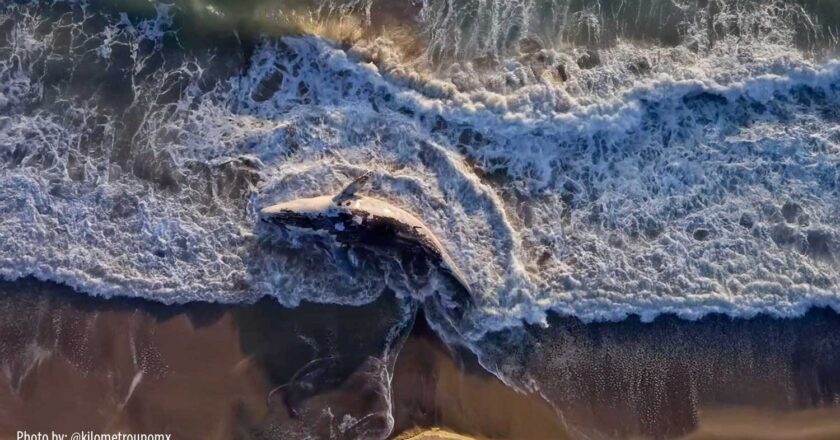
Beachgoers in Playas de Tijuana got more than just sand in their shoes this week—they got a front-row seat to …
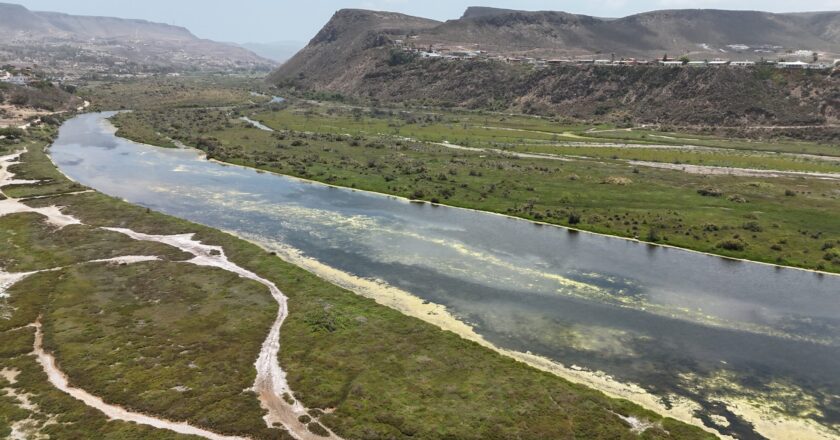
Just a short drive south of Rosarito and 35 kilometers north of Ensenada, tucked between the waves of the Pacific …
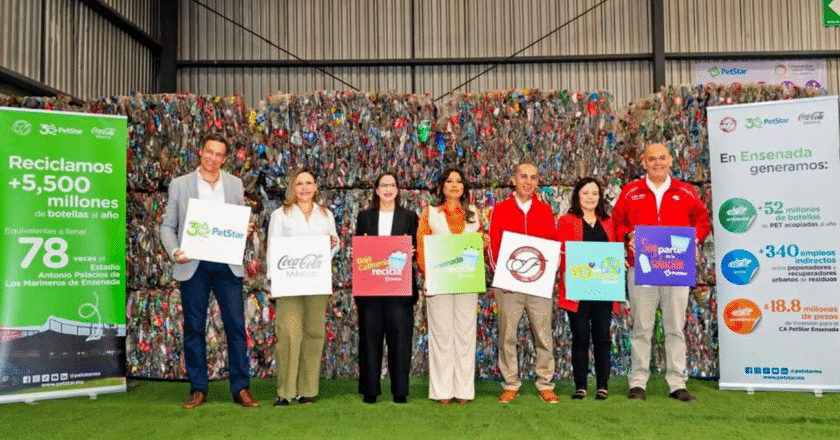
Ensenada is stepping up big time in the fight against plastic waste. On Friday, May 9, local officials and Coca-Cola …
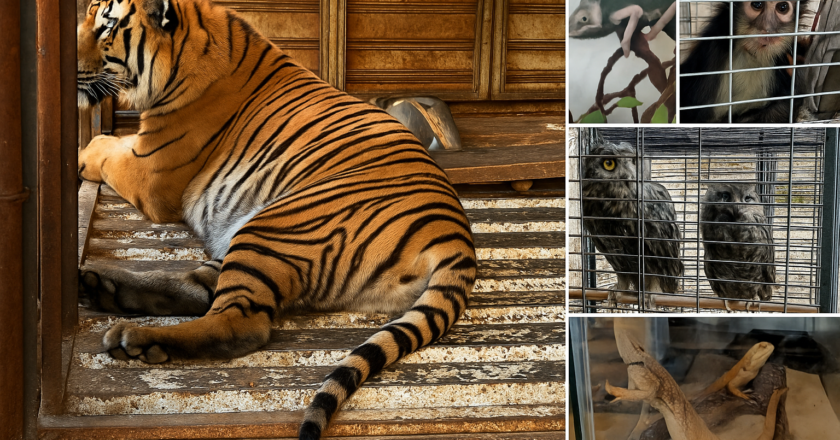
In a wild twist, Mexican authorities uncovered what felt more like a jungle than a city home. This weekend, things …

BY LUISA ROSAS What do you get when you combine an iconic National Geographic cover, a giant bird, and a …
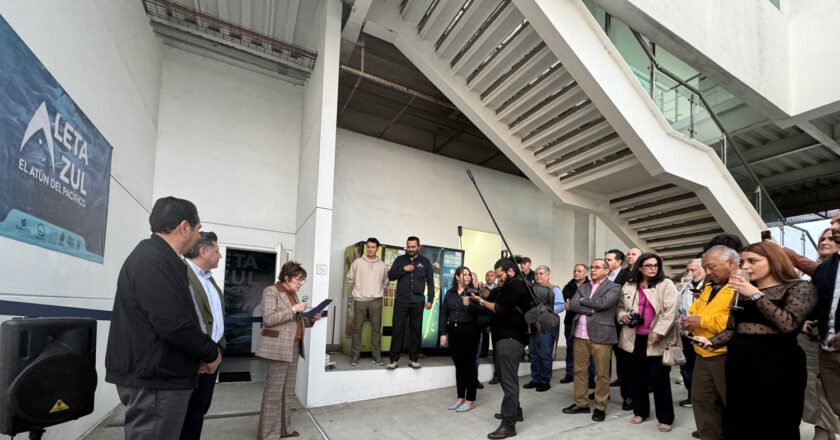
Last Thursday afternoon, the Caracol Science Museum in Ensenada had its soft opening for the new exhibit “Bluefin: The Pacific …

Playas de Rosarito is on high alert due to a sudden influx of jellyfish, prompting local authorities to warn beachgoers …